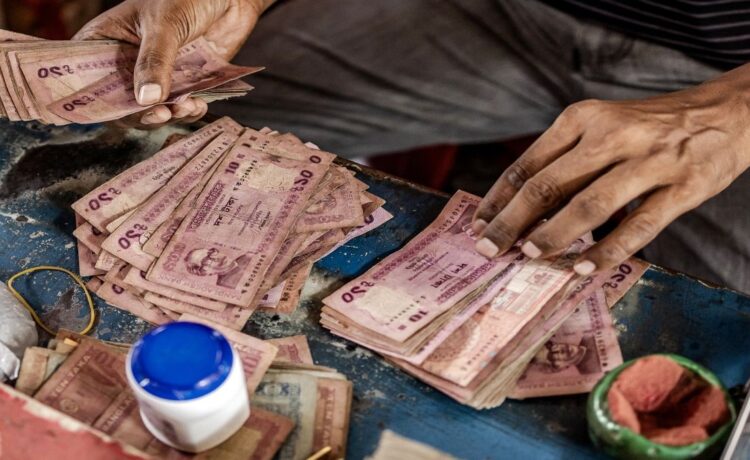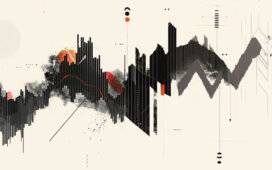Bangladesh is grappling with a shortage of currency notes in the market. This is because the interim government has issued an order directing the central bank of Bangladesh not to issue the old notes, as they bear the image of Sheikh Mujibur Rahman. Bangladeshis are now complaining that they are saddled with old, unusable currency
read more
If you travel to Bangladesh, you might face trouble getting your hands on some takas. That’s because the Muhammad Yunus-led country is witnessing a currency crisis.
In fact, Bangladesh is grappling with a huge economic predicament under the interim government led by Muhammad Yunus, as banks are unable to circulate currency notes to meet the demands in the country.
But what exactly is going on? Why is the south Asian nation experiencing currency crunch? We explore and get you the answers.
Cancelling all Mujibur Rahman currency
The shortage of currency in Bangladesh emerges from the Yunus-led interim government’s decision to reprint currency, sans the image of Bangladesh founder
Sheikh Mujibur Rahman. Last December, news reports had announced that Bangladesh would be
printing new notes without the image of Rahman. Instead, these new notes would feature religious structures, Bengali traditions, and graffiti drawn during the July uprising — the same protests that eventually led to
Sheikh Hasina’s ouster.
At the time, many had noted that it was yet another attempt by the interim government to erase
Mujibur Rahman’s legacy from the nation.
However, this has led to a serious problem, reports Bangladesh’s Prothom Alo. The daily reports the Yunus government issued a directive in April to the central bank not to issue the old notes with Rahman’s photo, creating a crisis in the market.
Ziauddin Ahmed, former executive director of Bangladesh Bank and former managing director of Security Printing Corporation was quoted as saying, “Millions of banknotes with Bangabandhu’s picture are still lying in the vaults of various banks. The mint does not have the capacity to cancel all the notes at once and print new ones. To reduce the suffering of the people, the notes that have been printed should be released into the market.”
To add to the existing problem is the fact that these unused notes are approximately 15,000 crore taka worth of paper notes.
Speaking on the same, store manager Maqbul Hossain told Prothom Alo, “Earlier, new retail notes could be brought from the bank every week. That has stopped since last month. Most of the old notes that are being received from the bank are torn. If these notes are given to the customers, they do not want to accept them.”
New notes yet to be printed
But that’s not it. The currency crisis is further compounded by the fact that Bangladesh’s Security Printing Corporation is yet to print the new currency. This printing process is only about to begin in May and it will take place in phases.
In the first phase, 20, 50 and 1000 taka notes will be printed. Ziauddin Ahmed added, “Notes with Bangabandhu’s picture cannot be cancelled suddenly. In this situation, to reduce the suffering of the people, the notes that have been printed should be released into the market. When new design notes come into the market, the old notes should be gradually withdrawn.”
But even when the printing does begin, it will take some time for the market to receive the new notes, as the mint does not have the capacity to print more than three notes at a time. According to Bangladesh Bank, there is a demand for 1.5 billion pieces of new notes of various denominations every year. However, the mint can print 1.2 billion pieces. In the 2023-24 fiscal year, the mint printed 1.05 billion pieces of new notes of various denominations.
This clearly shows that Bangladesh will experience a shortage of notes. In fact, some officials were quoted as telling Prothom Alo that it would take five to seven years to remove all the old notes from the market after the new design notes are released.
Bangladeshis suffer
As Bangladesh’s central bank refuses to issue the notes with Rahman’s photo to the other banks and lack of new notes, people in the markets have been left with dirty, old, and, in some cases, unusable currency.
Shafiul Alam, an employee at a private organisation, speaking to Prothom Alo explained what’s the current situation in the market. He had made a purchase of 420 taka and had provided the store keeper with a 1,000 taka note. The seller returned two 200 taka notes, one 100 taka, one 50 taka, one 20 taka and one 10 taka note. Of these, one 200 taka note and two 20 taka notes were almost unusable. The shopkeeper assured him that he would change the torn notes next month if he brought them. Now he has no other choice.
Even ATMs are issuing old and almost unusable notes. Customers are suffering because there is no opportunity to return money at the ATM booth. As Ajmal Hossain complained, “I withdrew 20,000 taka from One Bank ATM. Out of these, three 1,000 taka notes are almost unusable. Now even if I try to return these notes, the banks do not want to accept them.”
With inputs from agencies




